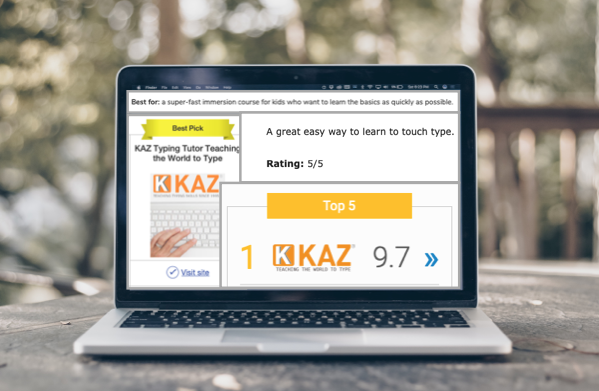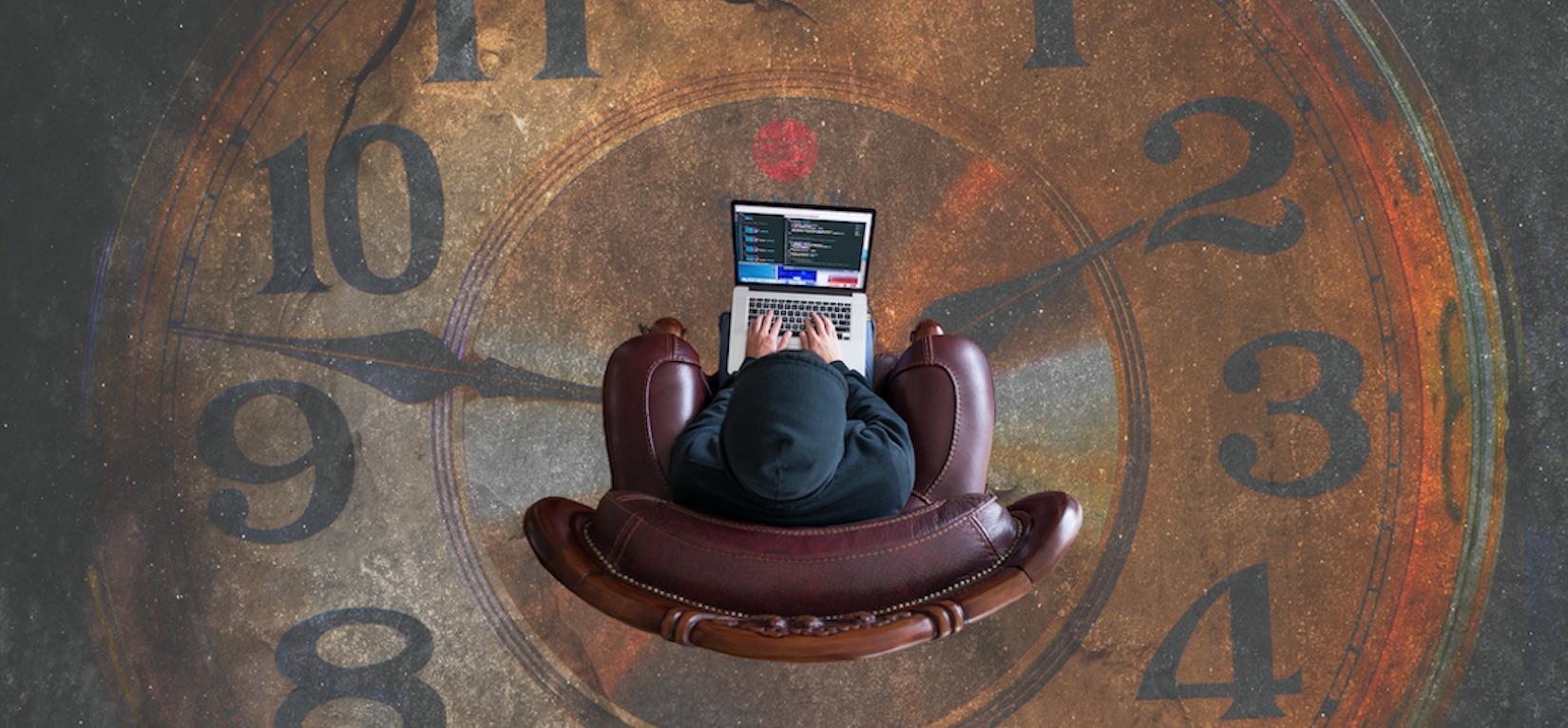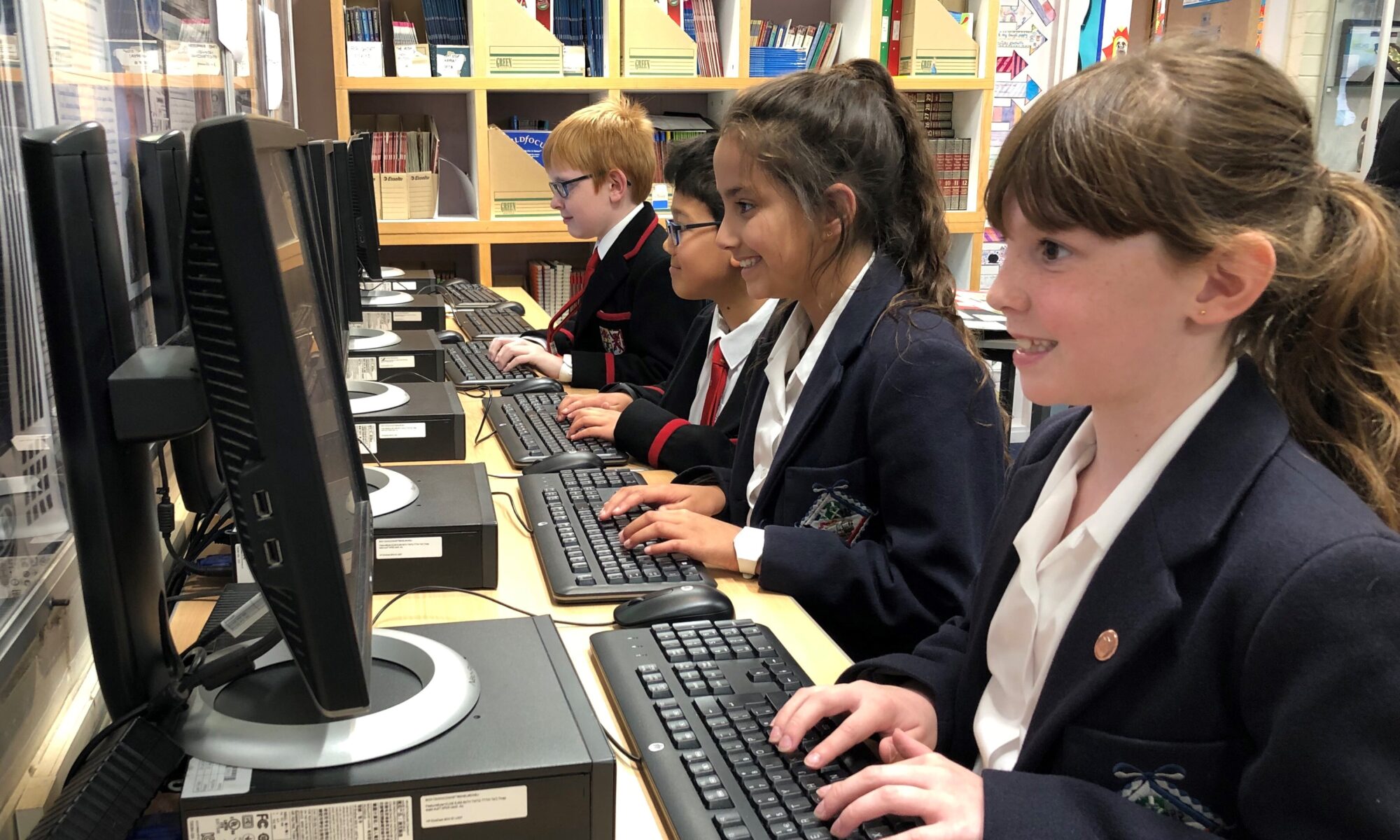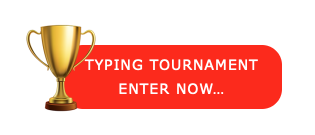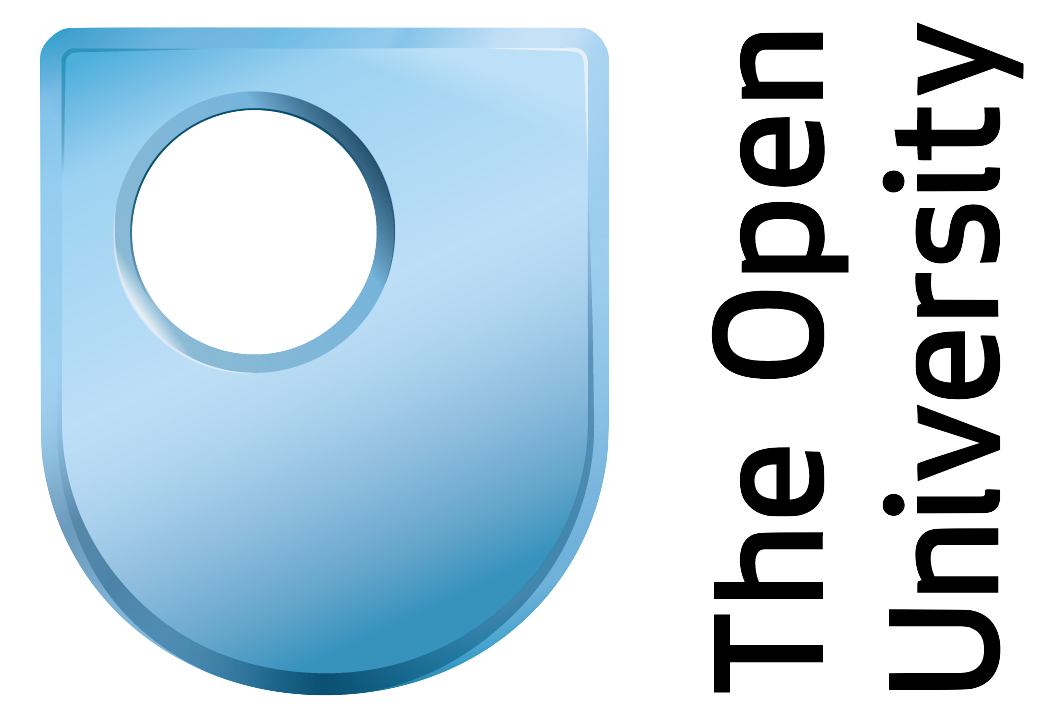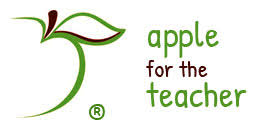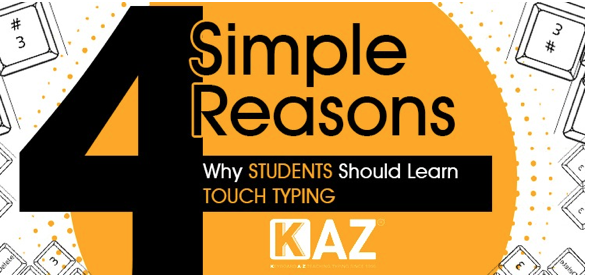Have you begun your search yet? This is an essential part of the ‘sorting and sifting’ journey, which along with reading product reviews should at the very least reduce your options.
There are a huge selection of typing tutors available. Some are games based, whilst others focus solely on adult learning. Either way, free or paid, the choices seem endless. Deciding which is the right one for you can be terribly time consuming and if you get it wrong, enough to put you off learning!
Nick: “I searched the internet but actually spent more time searching for the right product than it actually took me to learn to type with KAZ!”
Research is incredibly important when making an important purchase. We often consult friends, books, websites but when it comes to education, we can often be quite blasé in opting for the ‘free’ or cheapest option with the mentality, “Well, I’ve got nothing to lose!”
This is fine if we have the luxury of TIME but do we really want to take that risk with our children or fellow workers. When learning is misguided, results can be quite negative, making learning tedious and with negative conclusions drawn, resulting in an unenthusiastic learner.
From our research, this is the main reason why so many individuals retrain in later lives.
To really value a lesson, ‘free’ should be taken in context. How many times have you been given something free which you so often discard or move on from? Also typically true with games. How many games do you or your kids have and how often are they played with? The answer should immediately present itself.
A good product will actively seek testing, review and will then make claims it can justify, back up and substantiate. This information will then be clearly displayed on their website.
The KAZ method was developed through years of research and with huge investment from the 3i group. It was designed through innovation, using an Accelerated Learning teaching method and was tested in over 300 education centres across the UK, prior to launch. It was only launched when 93% of learners touch typed the a-z keys in less than 90 minutes. Furthermore, it was tested by the Open University, who were so impressed with the results, they produced a white paper and deployed KAZ to all 90,000 + students per annum, for over 14 years.
It is still the only typing tutor available on the UK’s Learndirect site and the US’s OpenSesame.
Joanne: “A friend recommended a free typing tutor. I really wish I didn’t listen. I spent days and weeks, wasting my time. In the end I bit the bullet and bought KAZ. Within 3 weeks I was typing at 50wpm. Now, one year on, I’ve bought the family version for my 3 kids too.”
Once you’ve searched the web, read the reviews and learned to type, please remember the opening statement!
https://www.bestadvisor.com/typing-software – KAZ Rated Best Pick
https://www.thetop10sites.com/learn-to-type/kaz/ – Joe Schwartz, Typing Tutors Editor – KAZ Rated 1st
https://whatsgoodtodo.com/kaz-family-edition-touch-type-course-review/ – Reviewed by Sandip Stapleton – Rating: 5/5

